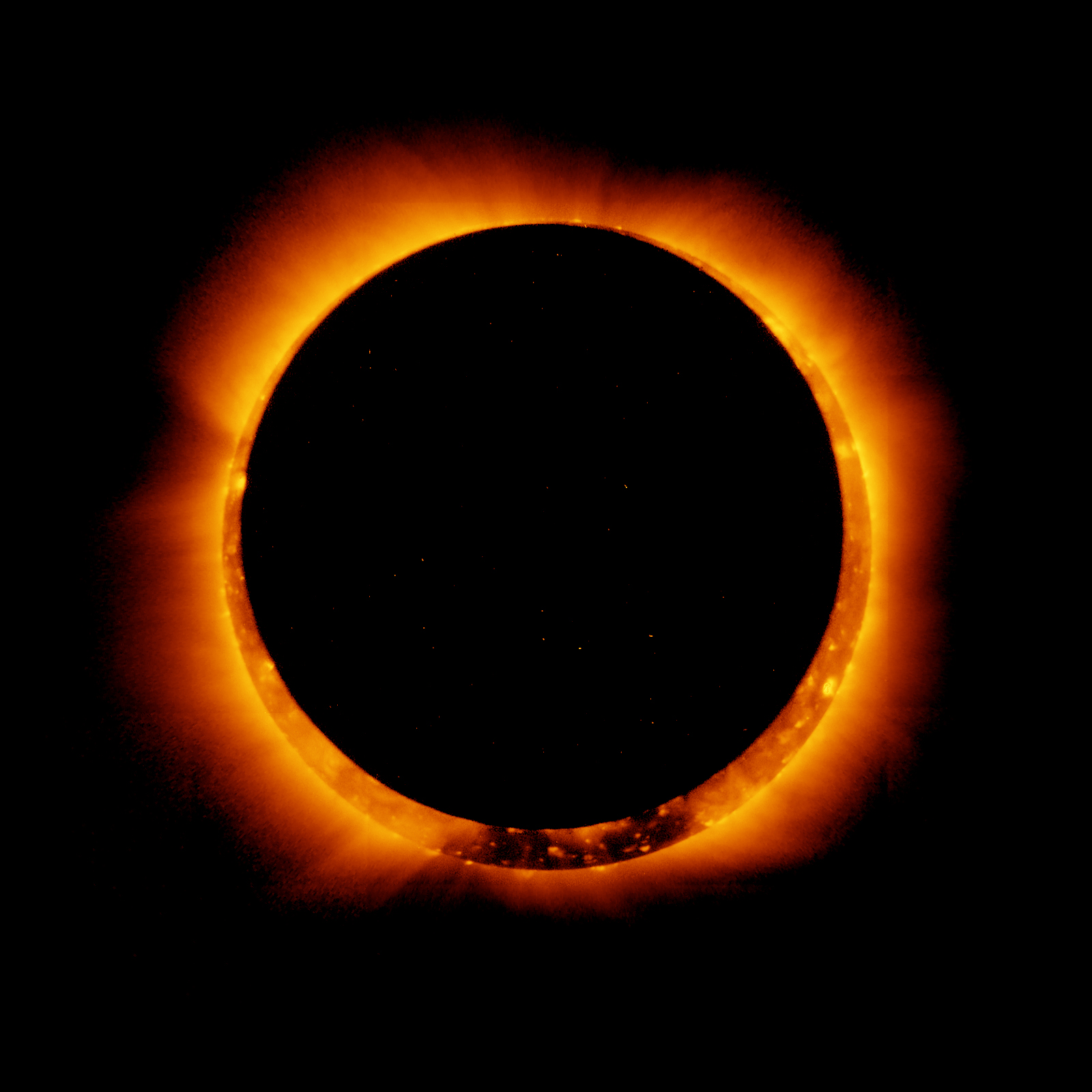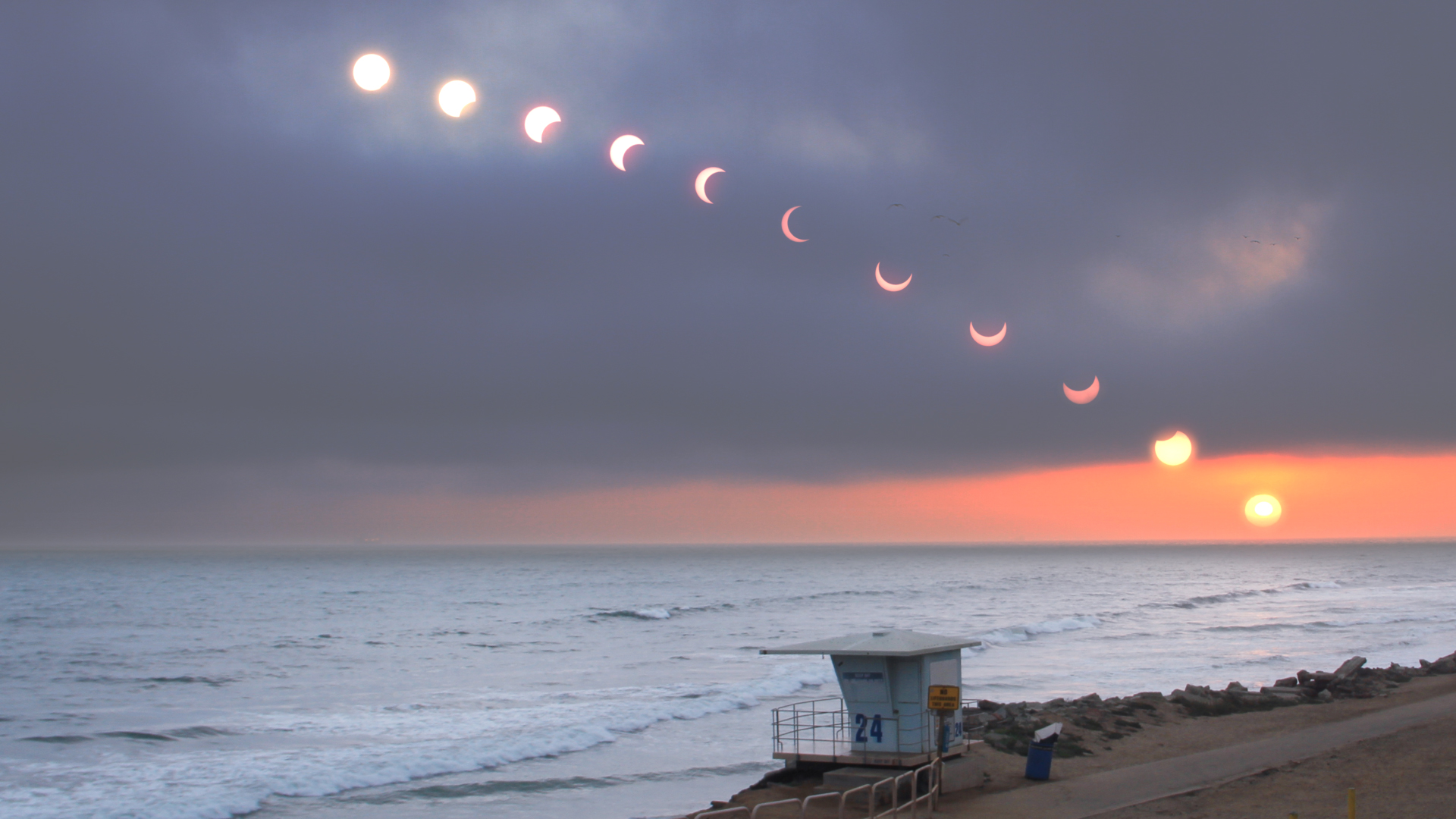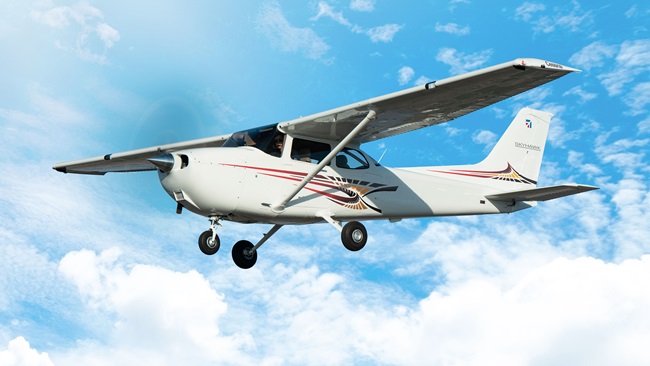The Great American Eclipse
Make plans now so you don’t miss it!
On Aug. 21, a total solar eclipse will sweep across the continental United States for the first time since 1918. Astronomers are calling it the Great American Eclipse. Beginning at 10:15 a.m. Pacific Daylight Time on the Oregon coast and heading east like an accelerated sunset-in-reverse, what’s known as the path of totality will cut a 60-mile-wide arc across Idaho, Wyoming, Nebraska, Missouri, and Tennessee before crossing the South Carolina coast an hour and a half later.
Within this arc, the moon will pass before the sun, and day will suddenly become night. Temperatures will drop, birds will stop singing, and stars will become visible. Solar astronomers stationed at strategic locations at the center of the arc, where totality will last about two-and-a-half minutes, will scramble to collect as much data as possible about the sun’s usually hidden outer atmosphere. Although a total solar eclipse occurs somewhere on Earth about every 18 months, at any given spot it’s a rare thing, and nothing like a partial eclipse. That’s because the sun is so bright that even when 99 percent of it is covered by the moon, the remaining 1 percent is bright enough to keep the sky blue. During a total solar eclipse, the daytime sky darkens by a factor of 1 million.

The Great American Eclipse website has interactive maps and an app that shows special eclipse events across the country, which can help you plan where to fly. Even if you just land, tie down, watch, and fly home, airports generally offer wide views of the sky above. Call the fixed-base operator to make arrangements. If instead you are airborne in clear skies during the event, you will see the moon’s shadow race across the landscape from west to east at nearly 3,000 mph! Below are some suggested airports and events along the path of totality.
- Many events are scheduled in and around Salem, Oregon, including at several wineries; fly in to McNary Field Airport.
- In Idaho, Weiser, Mackay, and Rexburg airports are near the center of totality; or head into the backcountry for a sublime experience, where Stanley, Smiley Creek, and Bruce Meadows should all be well-positioned. (Don’t fly the Idaho backcountry without the guidebook Fly Idaho!)
- Expect crowds in Jackson Hole, but the Casper and Converse County airports in central Wyoming are near the arc center.
- Fly to the Central Nebraska Regional Airport in Grand Island for the “Gem Over the Prairie” eclipse viewing event hosted by the Stuhr Museum of the Prairie Pioneer.
- Rosecrans Memorial Airport in St. Joseph, Missouri, will host a huge viewing event. Columbia Regional is another excellent choice.
- Carbondale, Illinois, is near the point of longest total eclipse. Fly to Southern Illinois Airport, six miles north of Southern Illinois University, which hosts Eclipse Day at Saluki Stadium and other events.
- A “Soda City Eclipse Viewing Festival” will take place at the Historic Columbia Speedway in Cayce, South Carolina, four miles east of Columbia Metropolitan Airport.
AOPA has created a resource page for pilots who want to fly to a location to view the solar eclipse. View an interactive map that plots the path of the eclipse and airports along its path, plus a list of airports (some with viewing events nearby) broken out by state. As more stories of events and viewing tips emerge, AOPA will continue to add to the resource page. Pilots can also share their solar eclipse viewing tips and destination ideas in the AOPA Hangar.





